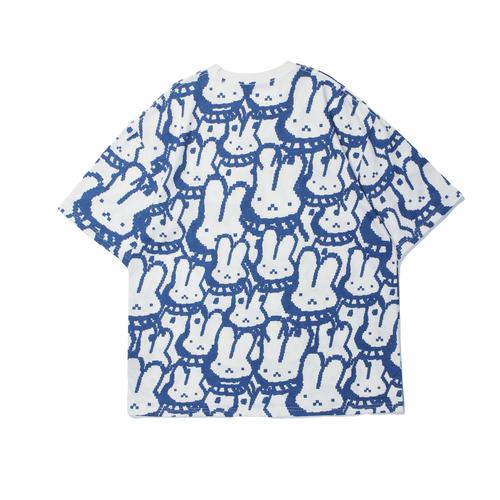Clothing production is a complex and delicate process involving multiple links and techniques. The following is an analysis of the basic knowledge in clothing production, let us gradually understand the process of clothing production:
1. Design and pattern production: The production of clothing begins with design Made with patterns. Designers make creative designs based on fashion trends, market demands, clothing functions and other requirements, and convert the designs into graphic patterns. The pattern artist produces specific paper patterns based on the design draft, including the shape and size of each component.
2. Cutting and sewing: Cutting is to transfer the shape and size on the paper pattern to the fabric, and cut out each component according to the required quantity. Such as body, sleeves, collar, etc. Then sew and join the various parts together in order. Sewing is usually performed using a sewing machine, but some details may need to be sewn by hand. During the sewing process, pay attention to the strength and quality of the stitches to ensure the firmness and beauty of the garment.
3. Completeness and finishing: After sewing is completed, the clothes need to be sorted and perfected. This includes overall ironing of the clothing to make it fit and smooth; detailed processing, such as trimming of finishing lines, blistering inspection, etc.; at the same time, it is also necessary to add various accessories according to design requirements, such as buttons, zippers, buttons, etc.
4. Try-on and modification: During the process of clothing production, designers and tailors will try on and modify it many times. By trying on the clothes, you can adjust the fit and comfort of the clothes and ensure the coordination between the clothes and the human body. Based on the results of the trial, the tailor will make corresponding modifications to the clothing until the desired effect is achieved.
5. Inspection and Quality Control: The final step is to conduct inspection and quality control of the finished garments. Clothes are rigorously inspected to ensure there are no defects, blemishes or quality issues. Only by passing quality control standards can clothing meet market sales requirements.
The above is an analysis of the basic knowledge in the clothing production process. Of course, actual clothing production also involves more details and processes, such as fabric selection, machine production, hemming processing, etc. But these basic knowledge can help us initially understand the process and key links of clothing production.






